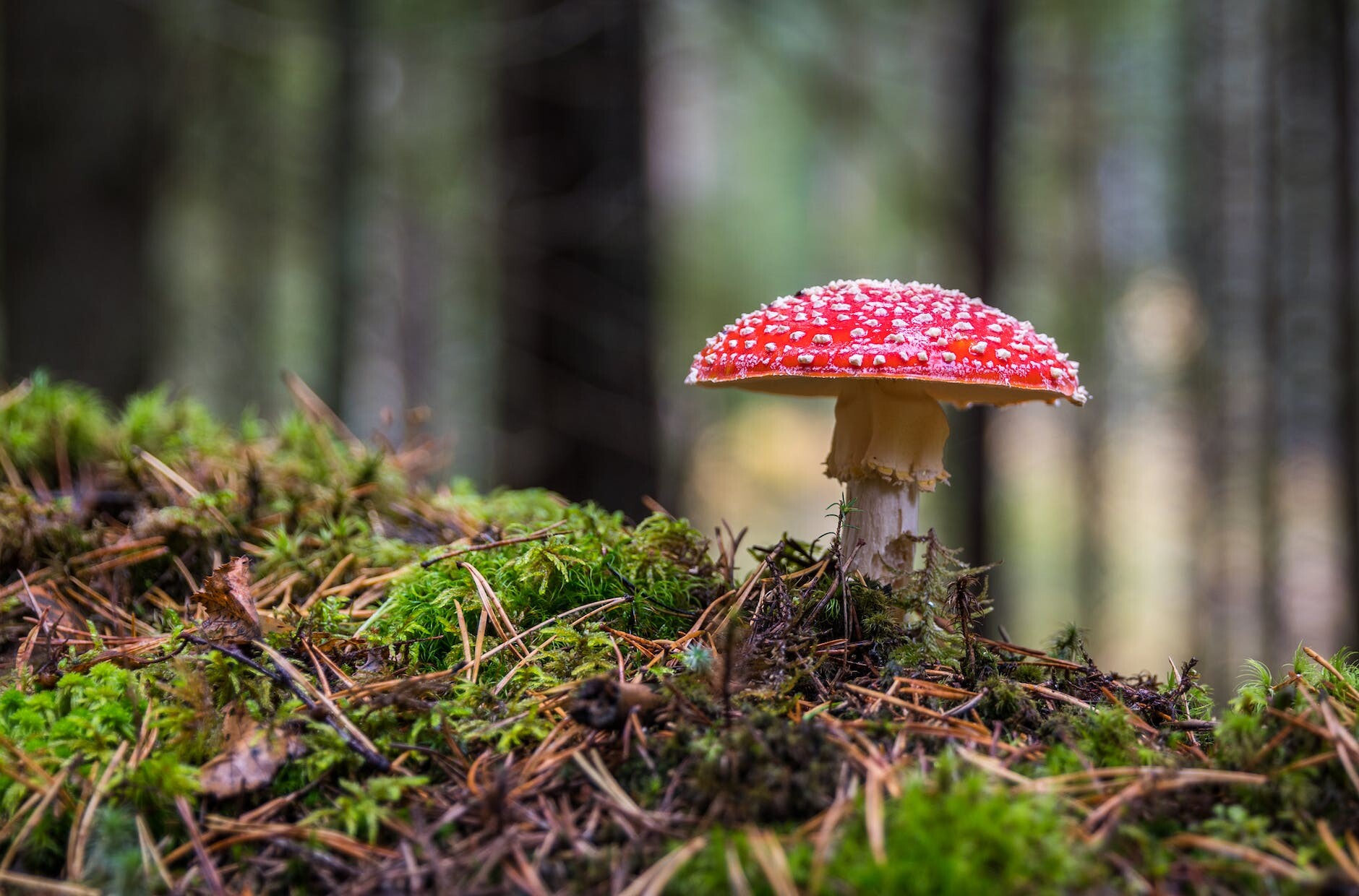Last updated on March 2nd, 2024 at 05:51 pm
This article shows you 9 different types of poisonous mushrooms that you should avoid.
Mushrooms are intriguing organisms that have fascinated humans for centuries. From their unique shapes and vibrant colors to their culinary uses, mushrooms have become an integral part of our culture.
However, not all mushrooms are safe to consume. In fact, some can be deadly if ingested. In this blog post, we’ll explore nine different types of poisonous mushrooms that you should avoid at all costs. Let’s delve into nature’s darker side and uncover these dangerous fungi.
9 Different Types of Poisonous Mushrooms You Should Avoid
1. Death Cap (Amanita phalloides)
The Death Cap mushroom is infamous for its deadly toxicity. Found in Europe and North America, it closely resembles edible varieties, making it extremely dangerous. Consuming even a small amount can lead to severe liver and kidney damage, ultimately resulting in death.
Also Checkout: Benefits of Mushrooms
2. Destroying Angel (Amanita bisporigera)
Another member of the Amanita family, the Destroying Angel, is a lethal mushroom commonly found in North America. Its pure white appearance and delicate appearance can be deceiving. Ingesting this mushroom causes severe gastrointestinal symptoms, followed by liver and kidney failure.
3. Deadly Galerina (Galerina marginata)
The Deadly Galerina is a small, brown mushroom found worldwide. Often mistaken for edible varieties, it contains deadly toxins that can cause liver failure. It is essential to avoid any mushroom that shares its appearance.
4. Fool’s Mushroom (Amanita verna)
The Fool’s Mushroom, also known as the False Death Cap, resembles its deadly counterpart but lacks the intense toxicity. However, consuming it can still lead to severe illness, including gastrointestinal distress and organ failure.
5. False Morel (Gyromitra esculenta)
While not as deadly as some other mushrooms on this list, the False Morel still poses a threat. It contains a toxin that, if ingested in large amounts, can cause symptoms ranging from nausea and vomiting to organ damage. Proper cooking techniques may reduce its toxicity, but caution is advised.
6. Panther Cap (Amanita pantherina)
Named after its panther-like coloration, the Panther Cap is a poisonous mushroom commonly found in Europe and North America. Its toxins affect the central nervous system, leading to hallucinations, convulsions, and even coma. Stay away from this visually striking but perilous fungus.
7. Autumn Skullcap (Galerina autumnalis)
The Autumn Skullcap is a small, brown mushroom commonly found in Europe and North America. It contains the same deadly toxin as the Deadly Galerina and can cause liver failure. Its small size and unremarkable appearance make it easy to overlook, but doing so can have dire consequences.
8. Conocybe filaris
Conocybe filaris is a tiny mushroom found in the United States and Canada. It contains the potent toxin amatoxin, which can cause liver failure if ingested. Due to its small size and often unnoticed presence, accidental ingestion is a real concern.
9. Webcaps (Cortinarius species)
Webcaps are a diverse group of mushrooms found worldwide, with many species being poisonous. Their toxins primarily affect the kidneys and can cause severe damage. The challenge lies in distinguishing them from harmless species, making them a significant concern for foragers.
Conclusion on Different Types of Poisonous Mushrooms You Should Avoid
While mushrooms offer a fascinating world of culinary delights and natural beauty, it is essential to exercise caution when venturing into the realm of wild mushrooms. The nine poisonous mushrooms discussed in this article represent a fraction of the dangerous fungi that exist. Remember, unless you are an expert mycologist, it is best to admire these fungi from a distance and rely on trusted sources for your culinary mushroom needs. Stay safe
